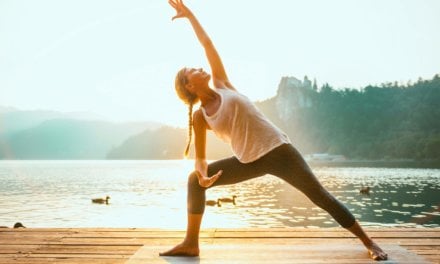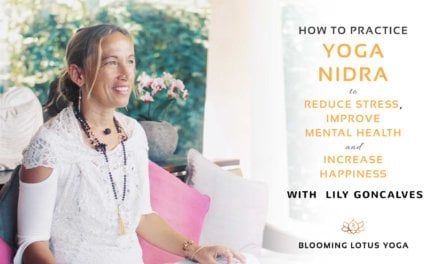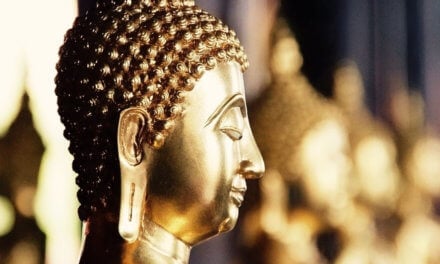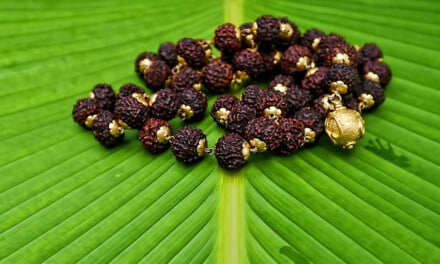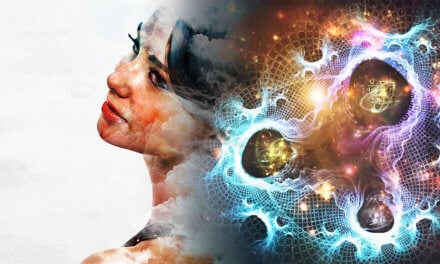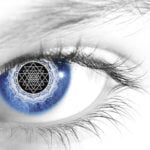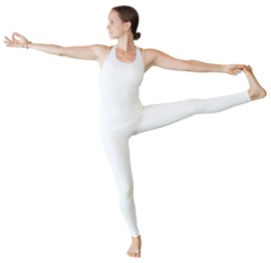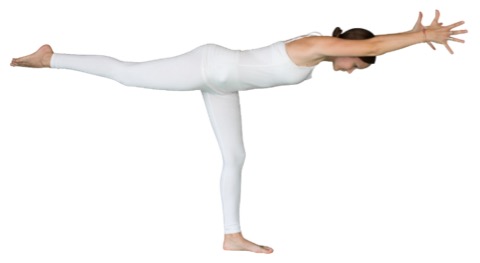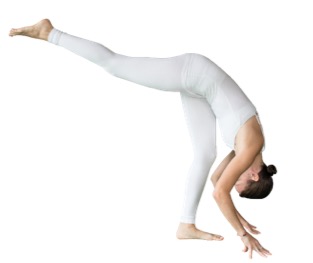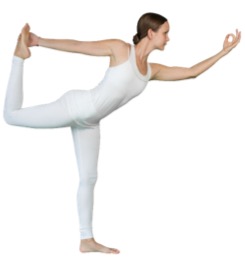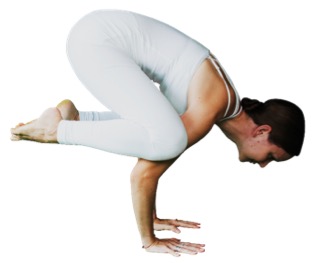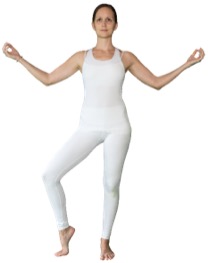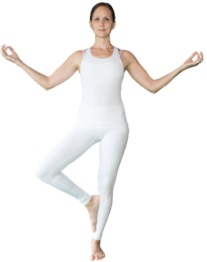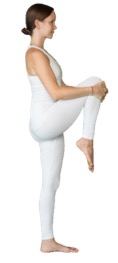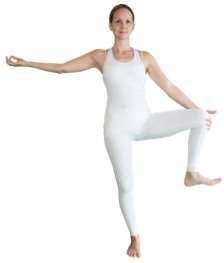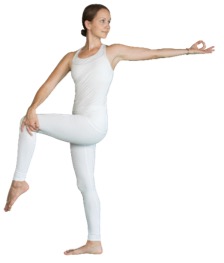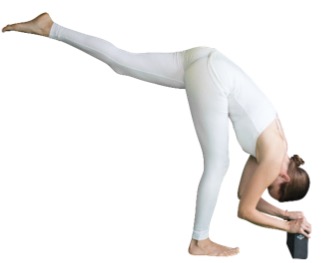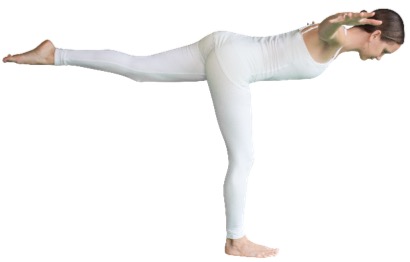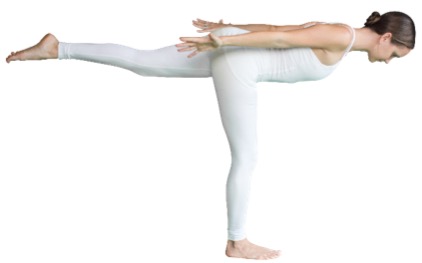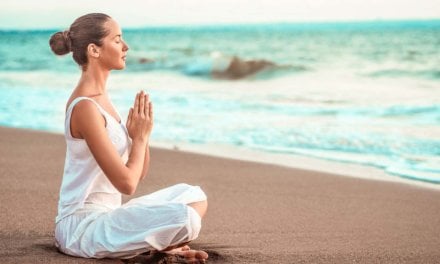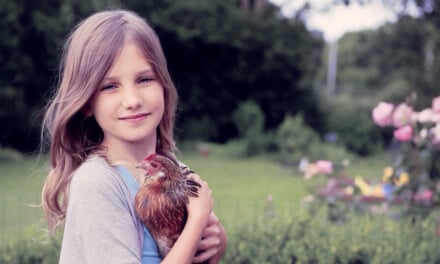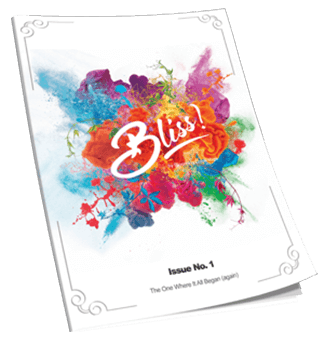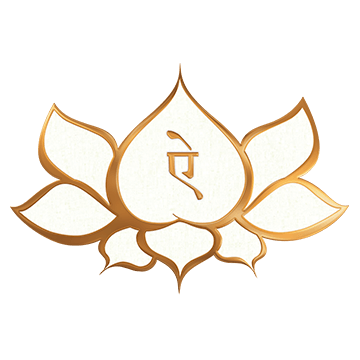
The Essentials Of Balancing Postures
5 Tips On How To Balance With Greater Confidence & Grace
BY: BINDI STABLES | LIVING YOUR YOGA | BEGINNERS
Are you looking for ways to find
more balance in your life?
Balancing postures teach us the art of equilibrium. By finding balance in our bodies, we create steadiness in our minds and are able to bring this sense of equanimity into all areas of our life.
Helping us find our direction in life, balancing poses guide us in making positive day-to-day decisions. They give us focus to manifest our intentions and attain our highest goals in life by seeing things as they really are.
Balancing postures teach us the invaluable lesson of discernment to know how to balance the contrasting energies of strength with softness, effort with ease, and concentration with relaxation. They teach us when to engage and when to surrender both in our practice and in everyday moments for balance and success.
Awakening a deep sense of connection to the earth, balancing poses leave us feeling grounded, centered and focused, helping us to navigate the winds and waves of life from a place of balance, inner stability and unshakable presence.
BENEFITS OF BALANCING
REQUIRING OUR FULL PRESENCE, PATIENCE AND UNWAVERING FOCUS, BALANCING POSES HAVE INCREDIBLE BENEFITS THAT CREATE A CALM, PEACEFUL AND STILL BODY AND MIND.
- Improve concentration and memory
- Cultivate present moment awareness (mindfulness)
- Develop confidence and courage
- Enhance determination and willpower
- Improve concentration and memory
- Cultivate present moment awareness (mindfulness)
- Develop confidence and courage
- Enhance determination and willpower
- Enhance balance, coordination and proprioception
- Feel grounded, centred and balanced
- Improve physical strength and stability
- Strengthen the Deep Front Line (the body’s “Myofascial Core”)
- Enhance balance, coordination and proprioception
- Feel grounded, centred and balanced
- Improve physical strength and stability
- Strengthen the Deep Front Line (the body’s “Myofascial Core”)
TARGETED CHAKRAS
Each Yoga Asana (posture), benefits not only the physical body, but also has a unique effect on stimulating and invigorating the various spiritual energy centres located along the spine called Chakras.
Main chakras

1ST CHAKRA: ROOT (MULADHARA)
Activated by rooting down through the foot and engaging the pelvic floor to find balance, stability, strength and courage in our bodies and all areas of our life.

3RD CHAKRA: SOLAR PLEXUS (MANIPURA)
Stimulated by activating the core and engaging the belly towards the spine in a partial Uddiyana Bandha to maintain balance which develops concentration, willpower and determination both in our practice and in our daily life.
Additional Chakras

2ND CHAKRA: SACRAL (SVADHISTHANA)
Naturally activated to sustain balance and stability.

4TH CHAKRA: HEART (ANAHATA)
Stimulated by extending or binding the arms.

5TH CHAKRA: THROAT (VISHUDDHI)
Activated by turning the head for example in Extended Hand to Big Toe Pose or looking up to the sky in Tree Pose.

6TH CHAKRA: THIRD EYE (AJNA)
Stimulated through one pointed awareness on the Drishti point (gaze).
our favorite balancing poses
How To Transition into your balancing pose
- Focus on the breath. Become present and aware.
- Connect to the tripod of your standing foot. Spread the toes and ground down through the heel like roots of a tree anchoring into the earth for grounding.
- Yield into the earth. Imagine drawing the earth’s energy up through the sole of the foot and into the leg for stability.
- Engage the Bandhas. Imagine bringing this energy up the standing leg and into the base of the spine by activating the pelvic floor (Moola Bandha.)
- Engage the core. Bring this energy even further up by drawing the navel slightly in and up towards the spine (Uddiyana Bandha) to create even more stability, alignment and balance.
- Finally, add your arms! Either place your hands in Prayer Position (Anjali Mudra,) or extend them out to the sides for easier balance. You can reach up towards the sky with the hands shoulder distance apart or the palms touching. In eagle pose, either bind the arms to hold opposite shoulders or cross again at the wrists to touch opposite hands (Garudasana arms.)
5 TIPS ON HOW TO HOLD BALANCING POSES FOR LONGER AND WITH MORE EASE
- Stay Present. Continue to watch your breath.
- Find your Drishti. Concentrate your eyes on a single, steady point of focus. By stilling the gaze, the mind becomes still, and by stilling the mind, the body finds stillness. Ready for a challenge? Take your balancing pose even further by closing your eyes, and finding an inner gaze (Drishti.) Focus on the space between the eyebrows (the 3rd Eye or Ajna Chakra.)
- Connect to the Central Channel. Feel or imagine as though you’re hugging your muscles, energy and focus into the midline of the body. Concentrate on a long and straight spine to connect to the central conducting channel of energy called Sushumna Nadi.
- Hold for 5 to 10 breaths—or for as long as it feels comfortable.
- Transition Out with these 3 principles:
i) Exit by softening or bending your knees using your core to slowly move out of the position with a steady gaze and return to your starting position.ii) Repeat the pose on the other leg to stay balanced in the body.iii) Counter by resting and using counter-balancing poses such as a gentle standing forward bend or Child’s Pose to relax the breath and belly. Lie down in Savasana as the final counterpose.
GENERAL CONTRAINDICATIONS FOR BALANCING POSES
- If you’re pregnant, recovering from an injury or surgery, experience vertigo, light-headedness or have difficulty balancing, you can use your hand on a wall or chair to help stabilize and find your balance.
- For knee concerns, avoid locking the standing leg knee by rooting down strongly through the foot, micro-bending the knee and activating the upper thigh.
- If you experience any nerve or electric pain, back pain, or tingling sensations in the body, gently move the body until the sensations subside. Or, if the pain or sensations are severe, slowly move out of the pose and rest in Child’s Pose (Balasana,) skipping the pose entirely.
ALTERNATIVES, OPTIONS AND VARIATIONS
Tree pose (vrksasana)
You may choose to place one hand on a wall for support or extend the arms out to the sides to ease your balance. You can place your raised leg either with a) your toes turned out to the side touching the floor for balance, b) your foot on the inside of the calf muscle, c) with your foot above the knee to the inner thigh, or d) with your leg in half lotus position.
eagle pose (garudasana)
With your raised leg, you can cross it over the other standing bent leg with either a) your toes touching the floor for balance, b) your toes resting beside your calf muscle, or for more of a challenge, c) your toes tucking behind your calf muscle. For your arms you can either a) cross your elbows and place your hands on opposite shoulders, or b) cross your arms again at the wrists and reach for opposite hands with the palms in prayer position.
extended hand to big toe pose (utthita hasta padangustasana)
This series can be done with a) the knee bent and one hand on the knee for support, or b) with the leg extended and the foot in a strap for support in all positions or c) holding the big toe with the index and middle finger and extending the leg. The three main variations include: 1) Leg forward for the forward bend, 2) leg open to the side for the hip opener, and 3) leg forward with the opposite hand back on the sacrum for stability as the upper body towards the raised leg and gently twists backwards.
warrior III (virabhadrasana III)
Try this pose either with a) your hands on a block for more stability and ease, b) your arms extending out to the sides to find your balance, c) hands in prayer position at the heart centre or d) arms reaching back alongside the body, or e) arms extending out in front of you with either hands shoulder distance or the palms touching.
half moon (ardha chandrasana)
Enter from Warrior II. You can either place your front hand down onto a block in front of your front foot, and your back hand to your sacrum to find your centre. Yield into the earth, and extend your back leg behind keeping your hips stacked. You can either a) stay with your top hand on your sacrum and bottom hand on the block, b) extend your top hand up to the sky as you stack your shoulders and release your bottom hand balancing with your fingertips on the floor or c) hover your bottom hand off the floor.
By helping to find balance in life, balancing poses are an invaluable tool to help you find your centre, to live fully in the moment, experience inner equilibrium and to create harmony, focus and balance in all areas of life.
